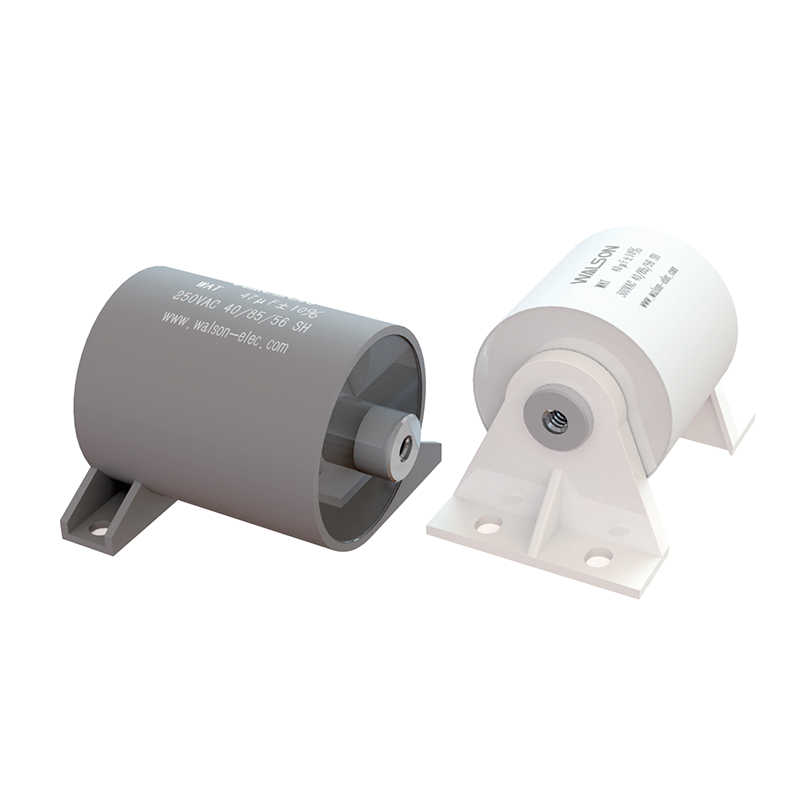- Home
- Products
- Applications
- Capacitors for Household Appliances
- Capacitors for Power Supply
- Capacitors for LED Lighting
- Capacitors for Mobile And DSL Appliances
- Capacitors for Automotive& Vehicles
- Capacitors for Photovoltaic Inverters
- Capacitors for Wind Power Plants
- Capacitors for Renewable Energy Systems
- Capacitors for Induction Heating
- Capacitors for Medical Equipments
- Capacitors for Industrial Control
- Capacitors for Power Electric
- Capacitors for Rail Transit
- Capacitors for Smart Grid
- Capacitors for University & Research Instituite (High Energy Physics)
- About Us
- News
- Contact Us
-
- Capacitors for Household Appliances
- Capacitors for Power Supply
- Capacitors for LED Lighting
- Capacitors for Mobile And DSL Appliances
- Capacitors for Automotive& Vehicles
- Capacitors for Photovoltaic Inverters
- Capacitors for Wind Power Plants
- Capacitors for Renewable Energy Systems
- Capacitors for Induction Heating
- Capacitors for Medical Equipments
- Capacitors for Industrial Control
- Capacitors for Power Electric
- Capacitors for Rail Transit
- Capacitors for Smart Grid
- Capacitors for University & Research Instituite (High Energy Physics)
Web Menu
- Home
- Products
- Applications
- Capacitors for Household Appliances
- Capacitors for Power Supply
- Capacitors for LED Lighting
- Capacitors for Mobile And DSL Appliances
- Capacitors for Automotive& Vehicles
- Capacitors for Photovoltaic Inverters
- Capacitors for Wind Power Plants
- Capacitors for Renewable Energy Systems
- Capacitors for Induction Heating
- Capacitors for Medical Equipments
- Capacitors for Industrial Control
- Capacitors for Power Electric
- Capacitors for Rail Transit
- Capacitors for Smart Grid
- Capacitors for University & Research Instituite (High Energy Physics)
- About Us
- News
- Contact Us
Product Search
Exit Menu
The key role of AC film capacitors in signal processing circuits: signal coupling and performance optimization

The key role of AC film capacitors in signal processing circuits: signal coupling and performance optimization
Characteristics and advantages of AC film capacitors
AC film capacitors, with their extremely thin insulating dielectric layer (usually polymer materials such as polyethylene and polypropylene) and highly conductive metal electrodes, exhibit excellent high-frequency characteristics. Its high-frequency response speed is fast and it can maintain low loss at extremely high frequencies, which means that the signal has little energy loss and high fidelity when passing through. In addition, AC film capacitors also have good temperature stability and long-term reliability, and can maintain stable performance under various environmental conditions, which is crucial for demanding signal processing applications.
Signal coupling in audio amplifier circuits
In audio amplifier circuits, the purity and integrity of the signal are directly related to the quality of the sound. AC film capacitors play a key role here. Since audio signals are essentially AC signals, and DC bias voltages are usually required between the various stages of the audio amplifier to maintain normal operation, it is necessary to insert coupling capacitors between the various stages to block the DC component while allowing the AC audio signal to pass smoothly. AC film capacitors, with their low loss and high-frequency response characteristics, can ensure that audio signals are not distorted during transmission, thereby maintaining the clarity and dynamic range of the original audio signal and providing users with a high-quality auditory experience.
High-frequency coupling in TV signal reception and processing
The reception and processing of TV signals is a complex process involving the restoration of weak high-frequency signals received by the antenna to the final image and sound. In this process, AC film capacitors also play an important role. TV signals contain a large number of high-frequency components that carry information about images and sounds. The high-frequency characteristics of AC film capacitors make them ideal for effectively coupling the signals received by the antenna to subsequent high-frequency amplification and processing circuits. It can block DC interference introduced by the antenna, which may seriously affect the quality and stability of the signal. By accurately selecting the capacitance and characteristics of AC film capacitors, it is possible to ensure that TV signals maintain a high signal-to-noise ratio and low distortion during transmission and processing, ultimately presenting clear and stable images and sounds.
Continuous development of AC film capacitor technology
With the advancement of science and technology, AC film capacitor technology is also evolving. The development of new materials, such as nanocomposites and high-temperature polymers, has further improved the performance of AC film capacitors, enabling them to withstand higher voltages, have lower losses and higher temperature stability. At the same time, the optimization of production processes has also reduced manufacturing costs, making it possible for AC film capacitors to be used in a wider range of signal processing applications.

 简体中文
简体中文 English
English Español
Español




